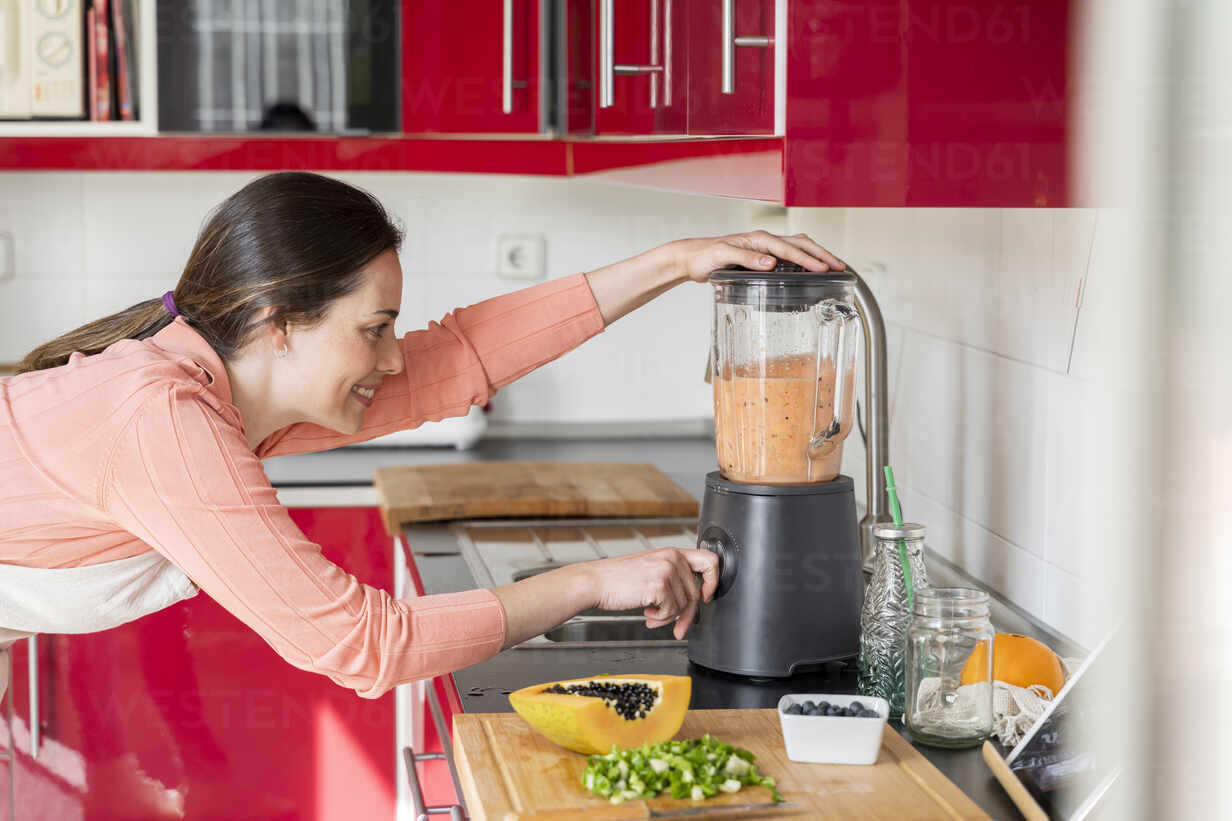Choosing the right blender can be quite a task, especially when considering what watt blender do I need for the best results. Understanding wattage is crucial because it affects the performance and capability of your kitchen appliance. In this guide, we’ll explore everything you need to know about blender wattage to help you make an informed decision.

Understanding Blender Wattage
Blender wattage is a measure of the power consumption of the motor inside the appliance. It indicates how much energy the blender uses to perform tasks such as chopping, blending, and pureeing. Higher wattage typically means more power and efficiency, but it also depends on your specific needs and use cases.
Why Does Wattage Matter?
Wattage matters because it determines the strength and speed of the blender. A blender with higher wattage can blend tougher ingredients like ice and fibrous vegetables more effectively. For example, if you frequently make smoothies with frozen fruits or blend nuts into butter, a high-wattage blender would be more suitable.
Common Wattage Ranges
Blenders come in a variety of wattages. Understanding these ranges can help you choose the right appliance:
- Low wattage (200-300 watts): Suitable for basic blending tasks like making smoothies with soft ingredients.
- Medium wattage (300-600 watts): Ideal for everyday blending, including making sauces and soups.
- High wattage (600+ watts): Best for heavy-duty tasks, such as crushing ice and blending hard ingredients.
Factors to Consider When Choosing a Blender
Besides wattage, there are other factors to consider when choosing a blender:
Type of Blender
Different types of blenders are designed for various purposes. For more detailed information, you can check out this comparison between jug and immersion blenders.
Frequency of Use
If you plan to use your blender frequently, investing in a high-wattage blender might be worthwhile for its durability and efficiency.
Types of Ingredients
Consider the types of ingredients you will be blending. For tough ingredients, you will need a blender with higher wattage to achieve smooth results.
Budget Considerations
Your budget will also play a role in your decision. Higher wattage blenders are typically more expensive, but they offer greater power and versatility.
Wattage and Efficiency
While wattage is an important factor, efficiency should not be overlooked. Some blenders are designed to be energy-efficient, providing powerful performance without consuming excessive energy.
Balancing Power and Efficiency
When choosing a blender, it’s important to find a balance between power and efficiency. A well-designed blender with moderate wattage can sometimes outperform a poorly designed high-wattage blender.
Real-World Examples of Blender Wattage
Let’s look at some real-world examples to see how different wattages perform:
Low Wattage Blenders
Low wattage blenders are perfect for light tasks. They are affordable and compact, making them ideal for small kitchens or occasional use.
Medium Wattage Blenders
Medium wattage blenders offer a good balance between power and cost. They are versatile and can handle a variety of tasks, from making smoothies to blending soups.
High Wattage Blenders
High wattage blenders are the powerhouse of the kitchen. They can crush ice, blend nuts, and handle tough ingredients with ease. If you enjoy making gourmet meals, a high wattage blender is a great investment.
How to Maintain Your Blender
Maintaining your blender is crucial to ensure its longevity and performance:
Regular Cleaning
After each use, clean your blender thoroughly to prevent any food residue buildup. This will keep your blender in top working condition.
Proper Storage
Store your blender in a dry place to avoid any damage to its electrical components.
Check the Blades
Regularly check the blades for any signs of wear and tear. Sharp blades ensure efficient blending.

FAQs
What wattage is best for smoothies?
For smoothies, a blender with at least 300 watts is recommended. If you use frozen fruits, consider a blender with 500 watts or more.
Can I use a low wattage blender for ice crushing?
Low wattage blenders are not ideal for ice crushing. It’s best to use a blender with at least 600 watts for this purpose.
How does wattage affect blending speed?
Wattage directly affects the blending speed. Higher wattage blenders can achieve faster speeds, resulting in smoother blends.
For more delicious recipes and kitchen tips, visit Mac and Cheese Casserole or explore our Dairy Free Recipes.
This article contains affiliate links. We may earn a commission at no extra cost to you.

